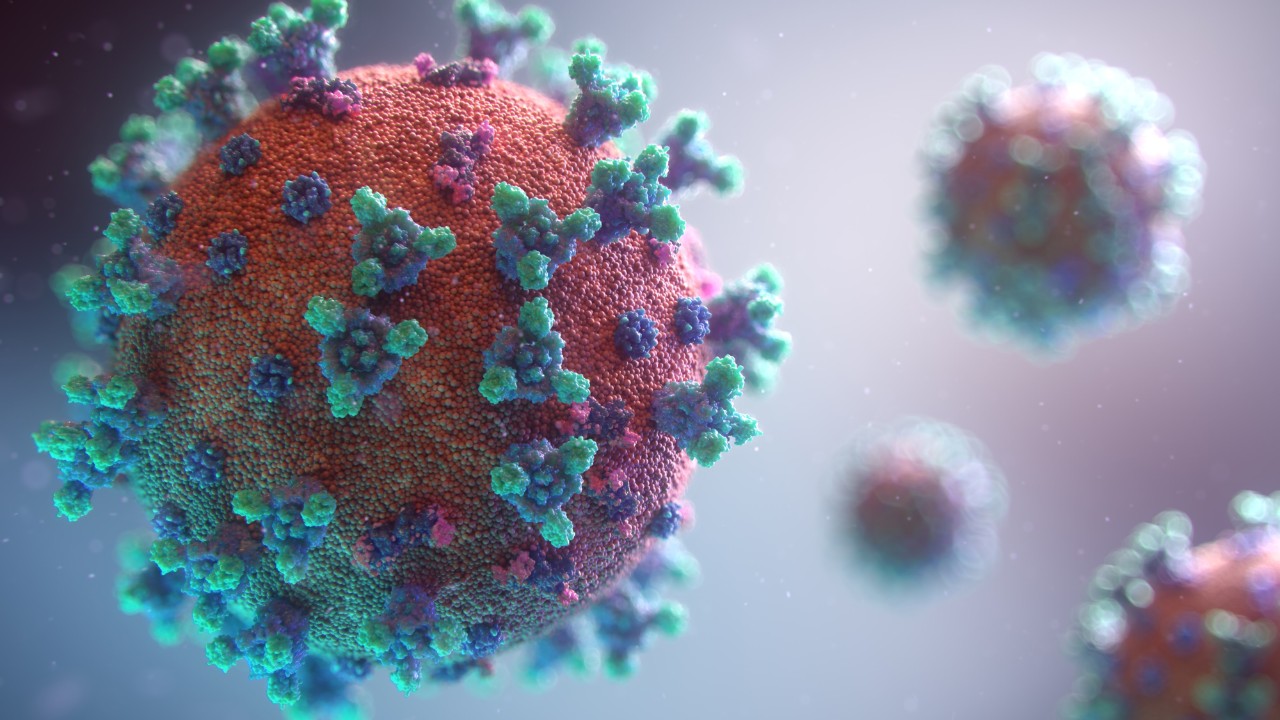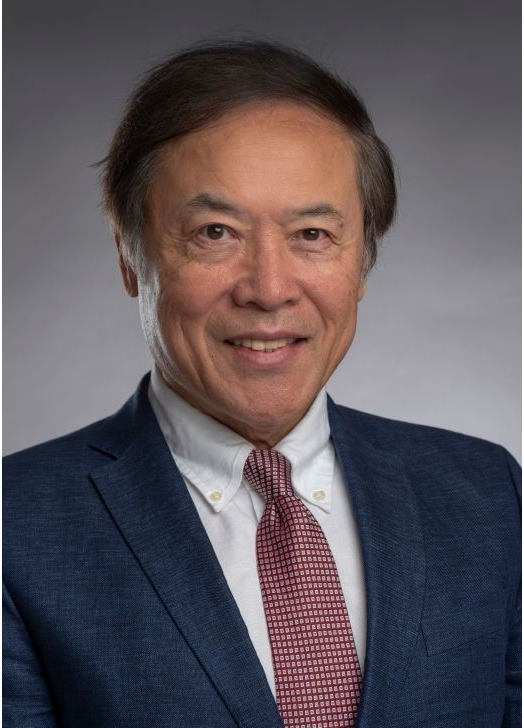
UC professor develops dry disinfection for COVID-19
Device offers a safer, simpler method for sanitizing
As the COVID-19 pandemic was starting to unfold in the U.S. last year, Donglu Shi, University of Cincinnati professor of materials science and engineering, began thinking about a better way to clean soft materials that can harbor virus particles.

Professor Donglu Shi. Photo/UC Creative Services.
The CDC-recommended methods to disinfect are wet — spray cleaners, hand sanitizers, alcohol wipes — which are impractical for items such as clothing or the upholstered seating on mass transit. So, Shi set out to create a dry disinfection process.
He was awarded $200,000 from the National Science Foundation for the project. Shi, along with his research team in his Energy Materials and Nano-Biomedicine Lab, created a handheld device that resembles a hair dryer and emits cold plasma, a gas of charged ions generated by radio frequency power at room temperature. Unlike many wet disinfectant products, cold atmospheric plasma is benign — it has no environmental or health concerns.

Shi is using cold atmospheric plasma as a dry disinfectant. Photo/provided.
Plasma is already used in other applications, including as a method to limit bacteria growth on meat in the food industry.
In 2000, Shi created a cold atmospheric plasma device for surface modification as part of his research on nanoparticles. That research and expertise informed the concept to utilize plasma on viruses.
Shi is partnering with Paul Spearman, M.D., director of the Division of Infectious Diseases at Cincinnati Children’s Hospital Medical Center. The prototype device is now awaiting efficacy testing at Cincinnati Children’s.
The idea was also supported through UC’s Venture Lab business pre-accelerator, which provided Shi the opportunity to learn how to build the concept into a marketable product. Once proven successful in inactivating coronavirus, Shi said the plasma treatment would be ideal for use in public spaces, particularly in the travel industry, such as on trains, airplanes, rental cars and hotels.
Shi, who first joined UC in 1995, was recently named a 2020 Fellow of ASM International, a professional organization for materials engineers and scientists. He was recognized for pioneering contributions to superconducting materials, magnetism and magnetic materials and novel nanostructures for photonic, biomedical and drug delivery applications.
Related Stories
It’s a mindset: Meet the visionaries redefining innovation at...
December 20, 2024
Innovation is being redefined by enterprising individuals at UC’s 1819 Innovation Hub. Meet the forward thinkers crafting the future of innovation from the heart of Cincinnati.
UC students well represented in this year’s Inno Under 25 class
December 20, 2024
Entrepreneurialism runs through the veins of University of Cincinnati students, as confirmed by the school’s strong representation in this year’s Inno Under 25 class.
UC professor Ephraim Gutmark elected to National Academy of...
December 20, 2024
Ephraim Gutmark, distinguished professor of aerospace engineering at the University of Cincinnati, was elected to the 2024 class of the prestigious National Academy of Inventors.
